In this topic, we focus on anatomical terminology and key terms. You will learn:
- body organs and interesting facts about the human body
- anatomy and physiology
- key anatomical terminology
- homeostasis − our literal lifesaver
- body cavities, planes and sections
- movement types and directional terms.
Terminology and vocabulary reference guide
As an allied health professional, you need to be familiar with terms associated with basic exercise principles and use the terms correctly (and confidently) with clients, your colleagues, and other allied health professionals. You will be introduced to many terms and definitions. Add any unfamiliar terms to your own vocabulary reference guide.
Activities
There are activities throughout the topic and an end of the topic automated quiz. These are not part of your assessment but will provide practical experience that will help you in your work and help you prepare for your formal assessment.
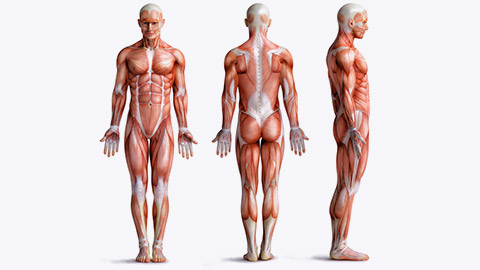
Fun facts!
- The largest and heaviest internal organ is the liver at an average weight of 1.6 kg.
- The smallest bone and muscle in the body are found in the inner ear. The stapes is the smallest bone and the stapedius is the smallest muscle at 1 mm in length.
- The largest external organ is the skin. The skin of an adult human weighs approximately 4.5–5 kg and makes up for about 7% of the body's total weight.
- If your intestines were stretched out, they would be as long as a three-story building is tall.
Introduction to anatomy and physiology
As an allied health professional, you must be confident using terminology correctly and understand the definitions of the physiology. In order to understand these terms, you also need to have a grasp of the basics of anatomy and physiology, what each definition stands for, and why they are often studied in conjunction with each other.
What are anatomy and physiology?
The study of two branches of science, anatomy and physiology, provides the foundation of knowledge of the body's parts and functions.
Anatomy is the study of the body's structures or parts. It essentially asks the questions...
What is that? and where is it in the body?
Physiology is the study of the functions of body parts. It essentially asks...
What does it do?
While anatomy and physiology focus on different aspects of the study of the body, they are typically studied together because structure (anatomy) and function (physiology) of the body is closely related;
Structure mirrors function
Keeping the fact that structure mirrors function in mind, will greatly assist your understanding of why and how:
- muscles move
- organs function
- organs work together (organ systems)
- the body works in sickness and in health.

Anatomical terminology
This is the keystone to your role in the health and fitness industry. Using anatomical terminology professionally and accurately will assist you to advance and maintain your career. Anatomical terminology is the 'language' you will use when communicating with a wide variety of people in the industry, such as:
- clients (new and existing)
- colleagues (other fitness trainers and managers for example)
- allied health professionals (physiotherapists, chiropractors, GPs, specialists, massage therapists, carers and more)
- industry leaders.
Being able to use and adapt your terminology is an asset that will help you become a reputable representative of the industry, and give you confidence in yourself. You will see your reputation and business benefit as a result.
The ability to use, understand and translate this terminology or 'language' will also help you analyse and design exercise prescriptions and programmes safely and accurately. This is crucial to your business and your reputation. As an employee of another fitness business or an adventurous sole trader, a loyal and growing customer base is the foundation of your business.
Though this topic you will be introduced to key anatomical terminology and provided opportunities to use it. Get into the habit of using these terms as soon as you meet them, write them down and build a personalised terminology and vocabulary reference guide. Test yourself and become comfortable with what these terms mean and when to use them. Practice makes perfect and comfort brings customers.
Let's start off with a recap of some terminology thus far
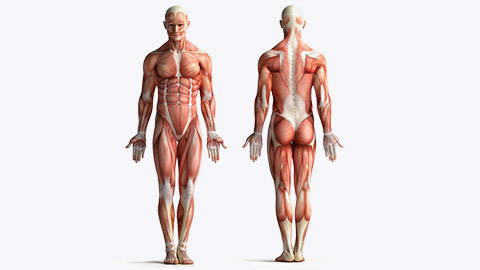
What is the anatomical position?
The anatomical position is a 'golden standard' used internationally when referring to body parts and organs. Having a standard is necessary to avoid confusion since most organisms can take on many different positions that may change the relative placement of organs. This is of huge importance in your career as an allied health professional as it plays a large part in aspects of your role such as analysing postures, prescribing exercises, and designing programmes. Deviating from this can result in misdiagnosis and incorrect exercise prescription, causing potential risk to your clients and your reputation in the industry.
When comparing the locations of body parts, we must always have in mind the anatomical position.
As an allied health professional, it is important that you have a clear awareness of what this looks like because confusion over where body parts are in relation to each other can occur if we don't have a clear picture of the body's orientation.
How to describe the anatomical position to your clients
- Standing upright
- Feet slightly apart
- Feet/toes pointing forward
- Palms facing forward
- Head facing forward with eyes looking ahead.
What is homeostasis?
Homeostasis is the overarching reason why the body does what it does, when it does it, and how it adapts to finding new ways to continue doing what it does. In other words, maintaining balance and equilibrium to the body as a whole.
Homeo~= samness, ~stasis= standing still
Homeostasis is the condition of equilibrium of the body’s internal environment due to the contact interaction of the body’s many regulatory processes, not to mention its battle with the external environment! Tough gig!
Homeostasis is a dynamic condition which means it never sleeps. It is constantly working to maintain our internal environment in its 'optimal' or most functional state.
Homeostasis can be defined as:
maintaining the body’s internal environment, in response to changing conditions, within normal bodily limits.
Normal body temperature usually ranges from 36.5 to 37.5 degrees celsius with a fever setting in at around approximately 37.6 degrees. This shows us the very small window of one degree in which the body and the relevant systems coordinate to maintain. If you have ever had a fever, you will know how uncomfortable you felt! In some cases, patients are admitted to hospital and sadly, if their temperature rises above approximately 38.3 degrees, it can lead to death (in worst-case situations). This is just one example of factors within the body that are constantly under review and stabilised. This is like a continuous, 24/7 risk analysis project management of our bodies!
Homeostasis is constantly being challenged and disturbed every second of every day. Consider the following two situations. You take a walk outside where it was warm, you became out of breath and inhaled the air from the surrounding environment. In another situation, you are sitting at your desk, slouched over, tired with dry eyes. These are but a few examples of what your body and its systems are constantly doing, every second of the day:
- surveying the body internal systems
- communicating with other cells and systems of the body to let them know what is happening
- recruiting additional cellular or system-based support when it is needed by the body.
Homeostasis- you are, literally, our lifesaver!
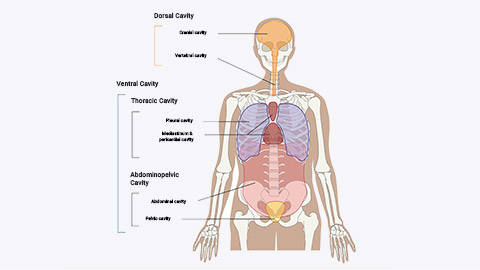
Cavities of the body
The body is composed of a number of cavities. Cavities are hollow, fluid-filled spaces that encompass, protect, and provide a structure to hold organs in their place. They are separated from one another by bones, muscles, ligaments, and other structures.
Each cavity is lined with its own serous membrane, a single-layered membrane that folds back on itself to produce a two-layered membrane structure. Within the membrane is a hollow space that is filled with serous fluid (a lubricating and shock absorbing fluid produced by the cells of the membrane). The purpose of this fluid is to provide for smooth, frictionless movement of the two layers of the membrane when organs and body parts move and expand in size. It also provides aa additional form of protection/shock absorption for the internal organs.
The functions of body cavities are to:
- protect internal organs
- support internal organs
- provide space for organs to develop
- provide space for organs to move and expand (such as lungs, heart, and liver along with others).
Body cavities and their organs
There are three main cavities within the torso.
- The thoracic cavity
- The abdominal cavity
- The pelvic cavity.
The Thoracic Cavity
Essentially the chest and everything it contains.
The main organs found within include:
- the lungs
- the heart
- the diaphragm
The Abdominal Cavity
This is the area under your abdominals (from your diaphragm down to the top of your pelvis).
It contains:
- the upper digestive organs
- the spleen
- the kidneys
- the ureters (tubes that deliver urine from the kidneys to the bladder).
Pelvic Cavity
This cavity covers the area from the top of your pelvis to your sexual organs.
It includes:
- the urinary bladder
- the urethra
- the reproductive organs (testes, ovaries).
Watch the video below which puts an everyday spin on cavities and the terminology that is associated with their physiology and function. This video throws out some fun ways to view our 'squishy meat sack!' you don't need to learn everything in this video but do become familiar with the terms and the information.

Directional terms
In anatomy and physiology, directional terms indicate the relation/location of one body part or organ to another. We discussed earlier, the golden standard of the anatomical position which provides a standard that allows directional terms to be clearly defined worldwide. Under this standard, every organ or body part can be accurately and consistently described in relation to any other body part or organ.
When you use directional terms to describe an organ or structure, it is helpful if you give a reference point. For example, saying 'The kidney is inferior' doesn't tell us too much because we don't have a point of reference. We are left thinking inferior to what or where? So, we then build on this statement by saying 'The kidneys are inferior to the diaphragm' which gives us a clearer picture of their location, and that's the whole point of this additional terminology. We could build on this to pinpoint their location even more by saying 'The kidneys are inferior to the diaphragm and anterior to the large intestines'.
Grab your personalised terminology and vocabulary reference guide and add the following terms and definitions. You will use these terms regularly in your role, therefore practicing and becoming comfortable using them will assist you to become a very knowledgeable and proficient member of the fitness industry.
| Directional Term | Definition | Example of use |
|---|---|---|
| Posterior | Nearer to or at the back of the body | The esophagus (food tube) is posterior to the trachea (windpipe) |
| Anterior | Nearer to or at the front of the body | The sternum (breastbone) is anterior to the heart. |
| Medial | Toward the midline of the body. Think of the spine as your 'plumb line' down the middle (midline) of the body, splitting your body into equal left and right halves. | The ulna is medial to the radius |
| Lateral | Away from the midline of the body | The lungs are lateral to the heart |
| Superior | Toward the head ( or towards the upper part of the body/ structure) | The heart is superior to the urinary bladder |
| Inferior | Toward the feet (or towards the lower part of the body/ structure) | The stomach is inferior to the lungs |
| Proximal | Toward the attached end of a limb or hollow tube/vessel | The humerus (upper arm bone) is proximal to the radius (one of two forearm bones) |
| Distal | Away from the attached end of a limb or hollow tube/vessel | The phalanges (finger bones) are distal to the carpals (wrist bones) |
| Superficial | Nearer to or on the surface | The ribs are superficial to the lungs |
| Deep | Farther away from the surface | The ribs are deep to the skin of the chest and back |
For example, in your new language, you can now tell your friends: "the skin is superficial to the ribs and the lungs are deep to the ribs".
Enjoy this light started video showing the confusion your clients will have should they be bombarded with confusing scientific terminology. this video offers fun techniques to help remember these terms and what they mean along with providing some handy ways to describe these to your clients. this video is a little longer than usual but well worth the watch!
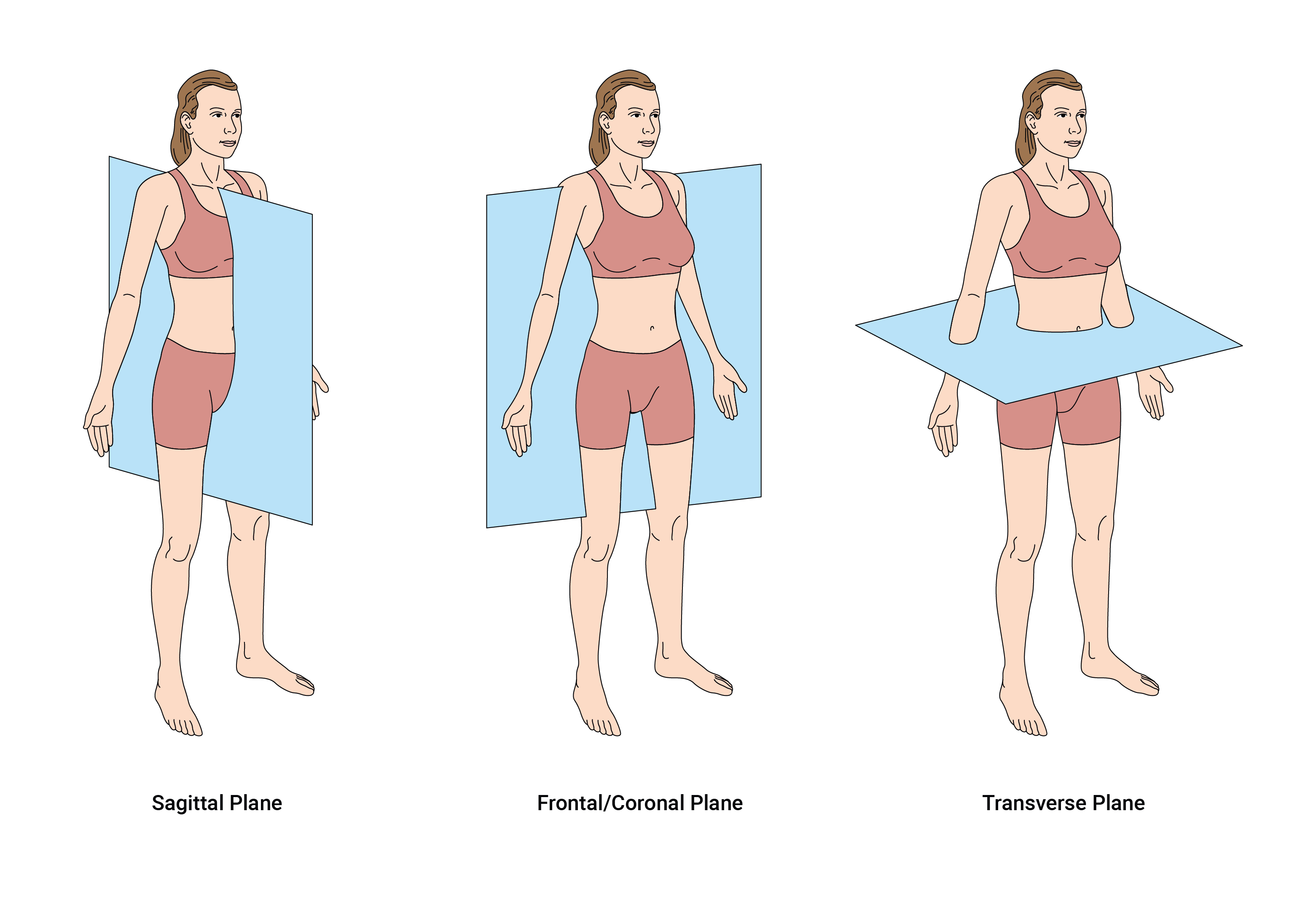
Body planes and their sections
Body planes also referred to as planes of movement which divide the body or an organ into different sections.
The three planes of motion in which we move, the frontal, transverse and sagittal planes, plus the anatomical position are the foundation of the terminology which is predominantly used by sports scientists and medical professionals, to describe how the body (organs and or cells) moves. Most exercises are performed predominately in one plane more than the others.
The body can be divided into four planes (three main planes and an additional plane). There are other planes for deeper, more precise description, however, in the fitness industry, the use of the following four planes is sufficient.
- The sagittal plane: The sagittal plane divides the body into equal left and right portions.
- The coronal or frontal plane: The coronal or frontal plane divides the body into back and front, (or posterior and anterior) portions. Movement in this plane would be forward and backward movements of the whole body or limbs such as arms and legs.
- The transverse plane: The transverse plane (also known as an axial plane or cross-section) divides the body into top and bottom (or head and tail) portions (think of the magician's assistant in the box!).
- The parasagittal plane: In addition to the sagittal plane, the parasagittal plane (not shown in the previous diagram) divides the body into unequal left and right portions (anything other than 50:50)
Fun Fact!
Every exercise that can be performed in the gym can be related back to movements we all do every day in real life. For example, we all the squat, lunge, bend, pull, push, flex, extend, and twist throughout each and every day, several times in fact.
Types of movement generated by muscle contraction
Movement terms describe the common movements performed across joints as a result of muscle contractions. Learning these terms will help you break down the key movements in sporting and gym-based movements and help you identify the target muscles for each exercise.
It is important that when you are discussing body movements, provide a reference point. For example, instead of saying 'That is flexion', it would be more accurate and precise to name the body part/joint which is facilitating the movement. For example, 'That is flexion(bending) of the knee'.
Movement terms can also usually be paired up with their counterparts, such as flexion and extension. This is because muscles tend to work in pairs to perform a movement. For example, when When the bicep muscle contracts, it shortens and pulls on the forearm bone, bringing it closer to the humerus (upper arm). In order to do this accurately and safely, the tricep muscle (posterior the bicep) relaxes.
When a muscle contracts, it PULLS on the bone, it DOES NOT push!
Let's have a look at the terms given to these movements below:
Flexion and extension
These are common movements at most key joints. They are most often performed in the sagittal plane.
- Flexion: The term flexion describes a movement that causes a diminishing joint angle (reduces the angle between the two bones in a joint), such as bending your elbow or knee. It can also refer to a joint movement that creates an angle between two bones at a joint that wasn't present in the anatomical position. For example, kicking your leg straight out in front of you from a standing position.
- Extension: The term extension refers to increasing a joint angle. It is essentially the opposite movement to flexion. For example, straightening your knee or elbow after flexing it.
- Hyper-extension: The term hyper-extension refers to when the extension movement goes beyond normal parameters.
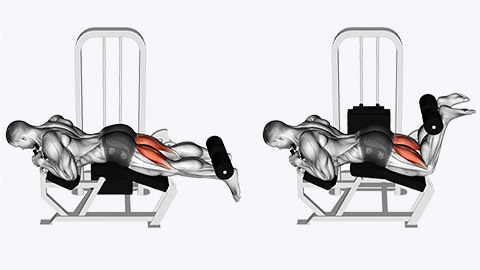
Abduction and adduction
These are common movements at many key joints. They are most often performed in the frontal plane.
- Abduction: The term abduction describes a movement away from the imaginary mid-line of the body (vertically). For example, raising your arms at your sides, or the first leg movement during a star jump as you spread your legs apart. It usually refers to the limbs (arms and legs). It can also refer to the splaying of your fingers.
- Adduction: The term adduction describes a movement towards the imaginary mid-line of the body (vertically). For example, lowering your arms to your sides after lifting them above your head, or the second leg movement during a star jump as you bring your legs back together. It can also refer to the bringing of your fingers back together after splaying them.
- Horizontal abduction: Horizontal abduction are performed when you take your arms and legs away from the mid-line in a horizontal movement. For example, the down phase of a chest fly or chest press.
- Horizontal adduction: Horizontal addictions occur where, for example, you bring your arms and legs back towards the mid-line in a horizontal movement ( 'add-ing' the leg back towards the midline). For example, the lifting/ pushing phase of a chest fly or chest press.
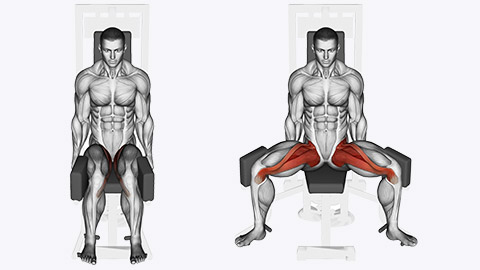
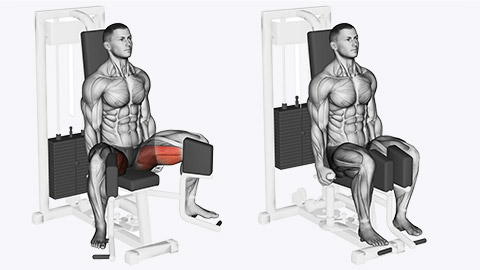
Rotation
Rotation is a term used to describe movement around an axis. In the anatomical sense, this refers to rotation at a joint, or of the spine.
Rotation is typically described as 'external or internal'. The key rotational aspects of the body include:
- the hip
- the neck
- the shoulder
- the forearm (known as supination and pronation)
- the spine.
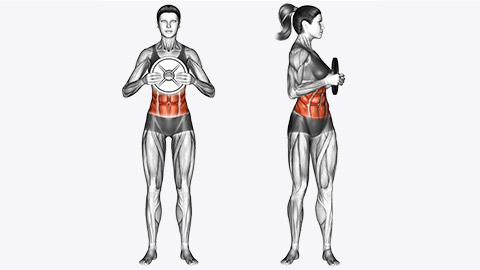
Supine and prone
If the body is lying facedown, it is in the prone position. If the body is lying faceup, it is in the supine position. When describing this movement being performed, it is referred to as supination and pronation.
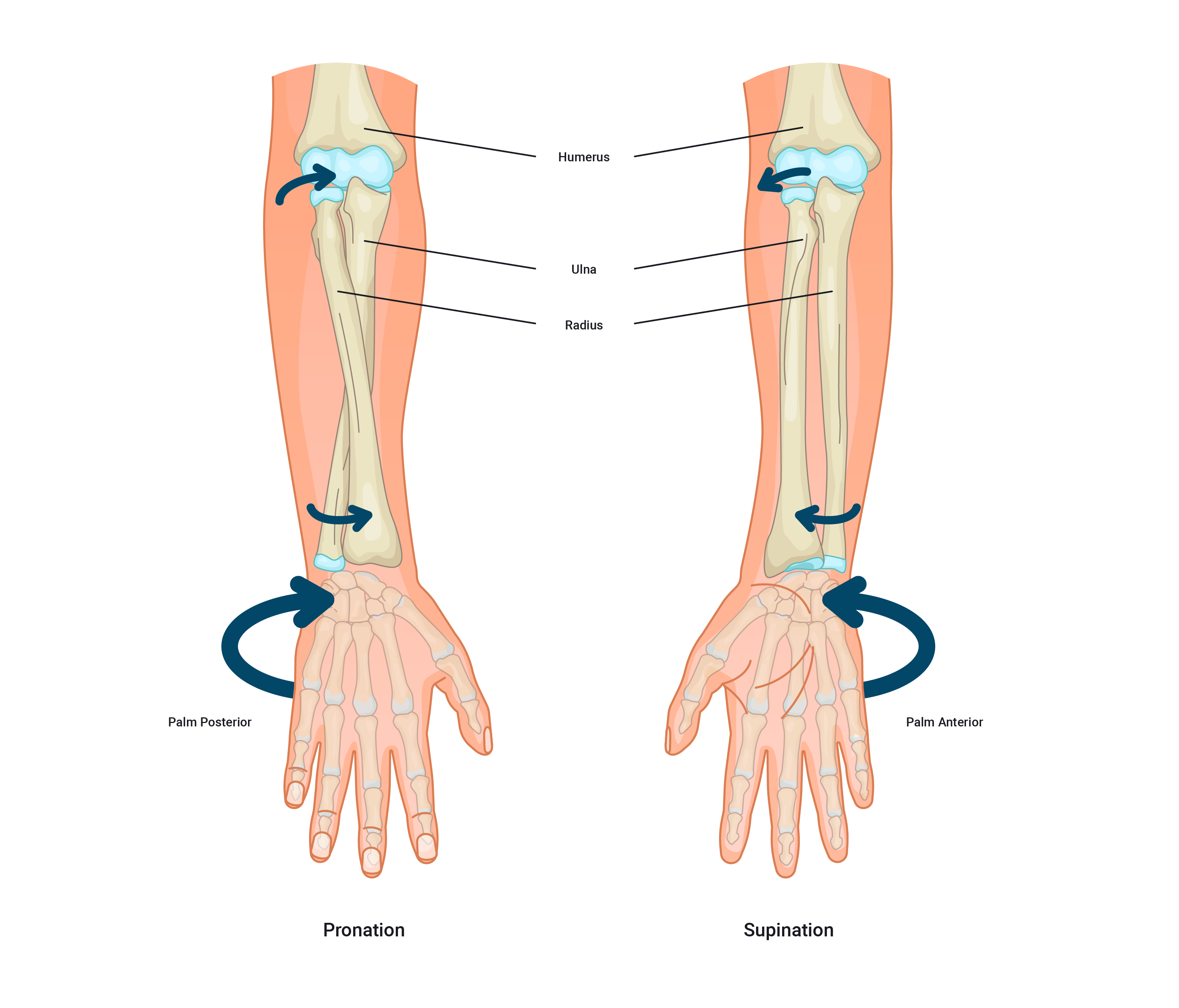
Lateral flexion
This movement term describes a diminishing of the angle between the two structures of a joint but in the frontal plane.
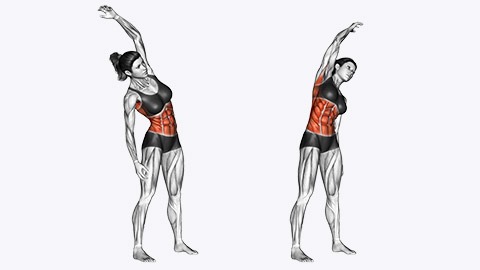
Elevation and depression
These terms refer to movements of the scapula.

Protraction and retraction
These terms typically refer to the scapula (shoulder blade) and jaw.
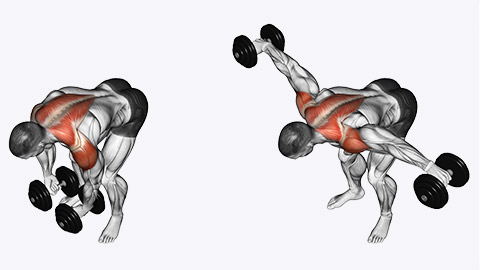
Ankle dorsiflexion and plantar flexion
These terms refer to movements of the ankle. Flexion is the diminishing angle between two bones in a joint.
- Dorsiflexion: In this instance, it is called dorsiflexion and represents the reducing angle between the foot and tibia. This can be either when the toes are lifted towards the tibia (shin), or when the shin is rotated forward over the foot/toes (as in a lunge).
- Plantar flexion: Plantar flexion is the increase of the joint angle between the foot and tibia. Most often performed by pushing down the toes (as in a calf-raise). In other words, 'planting' your foot on the floor.
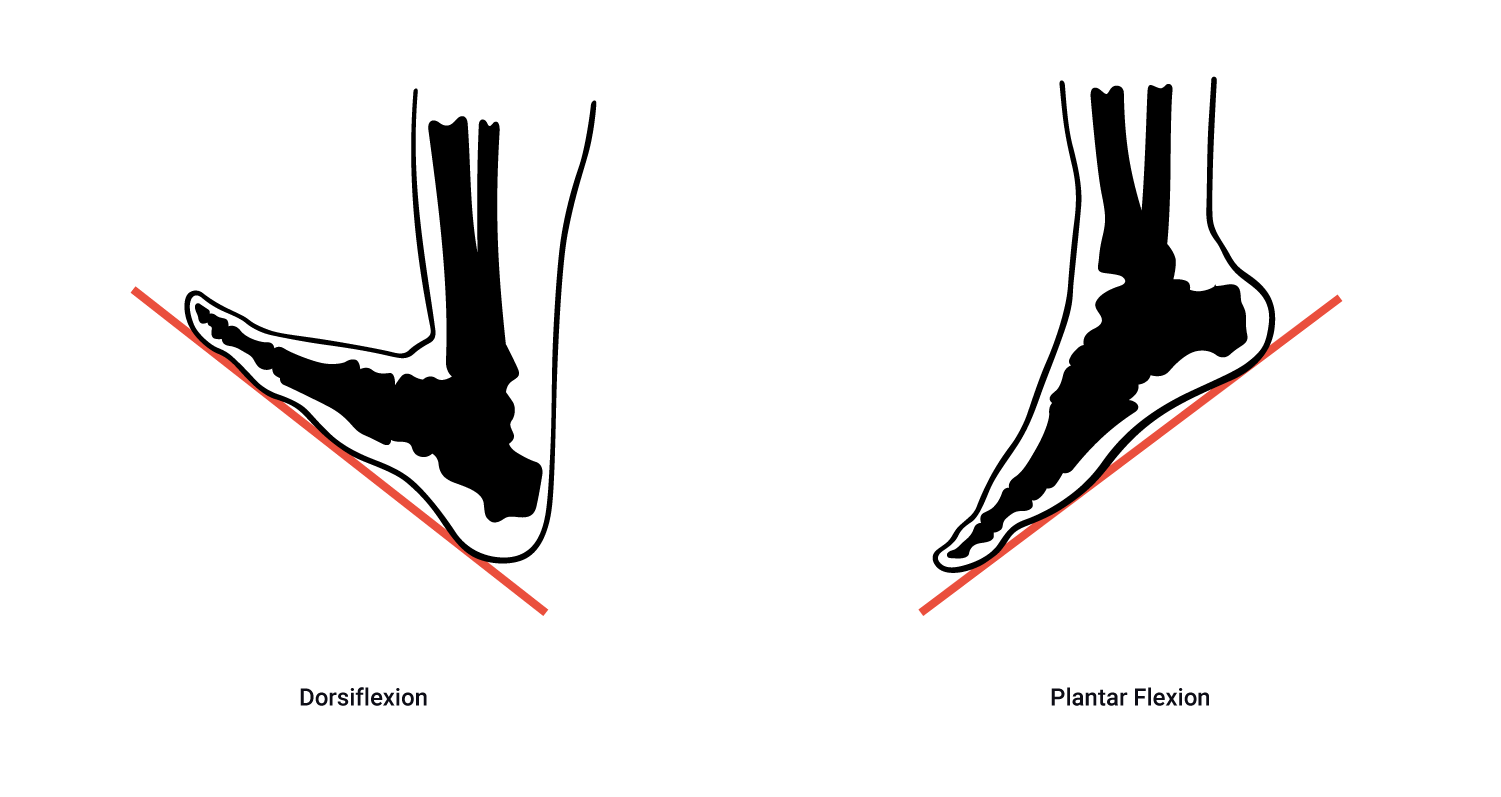
Well done! You have reached the end of Anatomical terminology.
In this topic, we focused on anatomical terminology and key terms. You learnt about:
- body organs and interesting facts about the human body
- anatomy and physiology
- key anatomical terminology
- homeostasis − our literal lifesaver
- body cavities, planes and sections
- movement types and directional terms.
This topic has covered a lot of information, a new language and lots of terms which will sound quite foreign at this point. Do not despair, these will make more sense as you put them into practice, and as you progress through the course. Keep finding ways to use your new-found vocabulary and building your terminology toolkit!
For a fun overview, which contains a little extra detail, enjoy the following video, learning anatomy is fun (and can also be funny).

